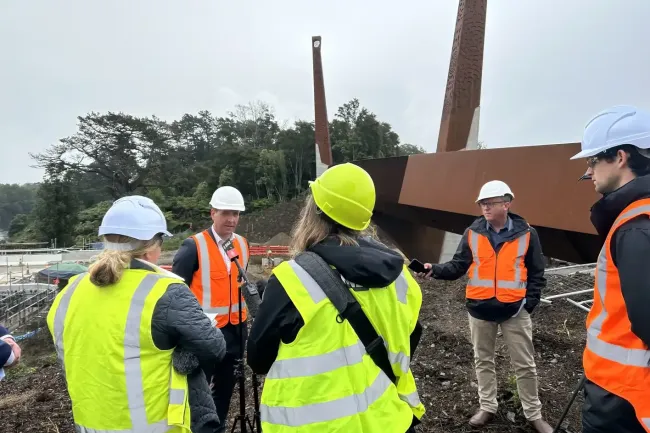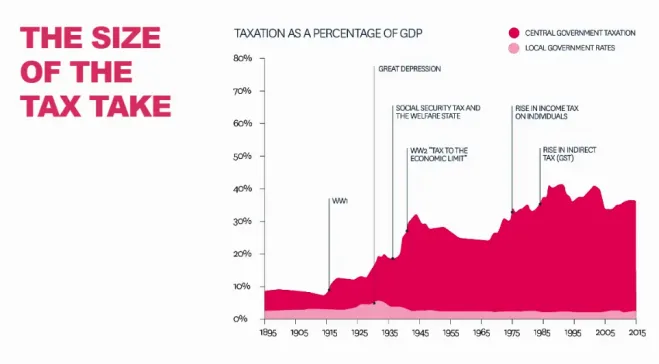Drivers behind rates rises across the country laid bare - LGNZ
Homeowners are facing average rates rises of 15% according to data in draft long-term plans across 48 councils, averaging at about $8 more per week* per household.
March 14, 2024

LGNZ commissioned a report by one of the country’s leading economists, Brad Olsen, which starkly illustrates the cost pressures councils are under. It also states that between 2002-2022, the average rates rise was only 5.7% per year, and rates rises averaged 9.8% in 2023.
“Councils are acutely aware they need to balance the need for investment with affordable increases but the pressure has reached tipping point,” says LGNZ’s Vice-President Mayor Campbell Barry.
Findings from the Infometrics report:
Over the past three years, costs have significantly gone up:
- Bridges are 38% more expensive to build.
- Sewage systems are 30% more expensive to build.
- Roads and water supply system are 27% more expensive to build.
All councils are facing increasing costs for existing assets and services due to
- Inflation.
- Cost of servicing debt.
- Increasing insurance costs and audit costs.
“Councils' share of overall tax revenue has remained at 2% of GDP for the last 50 years, despite our ever-increasing responsibilities,” says Mayor Campbell Barry.
“On top of the cost increases to existing assets and services, councils also face new pressures that require new spending.
“Many households pay $2-3,000 per year for just one service, such as power. It’s important to remember that rates account for a huge range of infrastructure and services communities rely on, including many that are invisible until something goes wrong.
“This includes meeting the demand for infrastructure in high-growth areas, coping with growth in tourism, adapting to climate change and increasing natural hazards, transitioning to a low carbon economy and dealing with emerging biosecurity threats.
“It’s no secret that the funding system for local government is broken. Rates account for more than half council funding, and relying so heavily on rates alone is unsustainable.
“We need a range of levers to address the funding and financing challenges in front of us, such as an accommodation levy, GST sharing on new builds, congestion charging and tourist levies.
“A 4-year term of local government would also double the productivity across councils and provide certainty which would create a longer-term pipeline of work for the private sector to partner with councils on,” Mayor Campbell Barry said.

